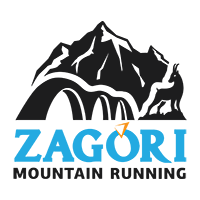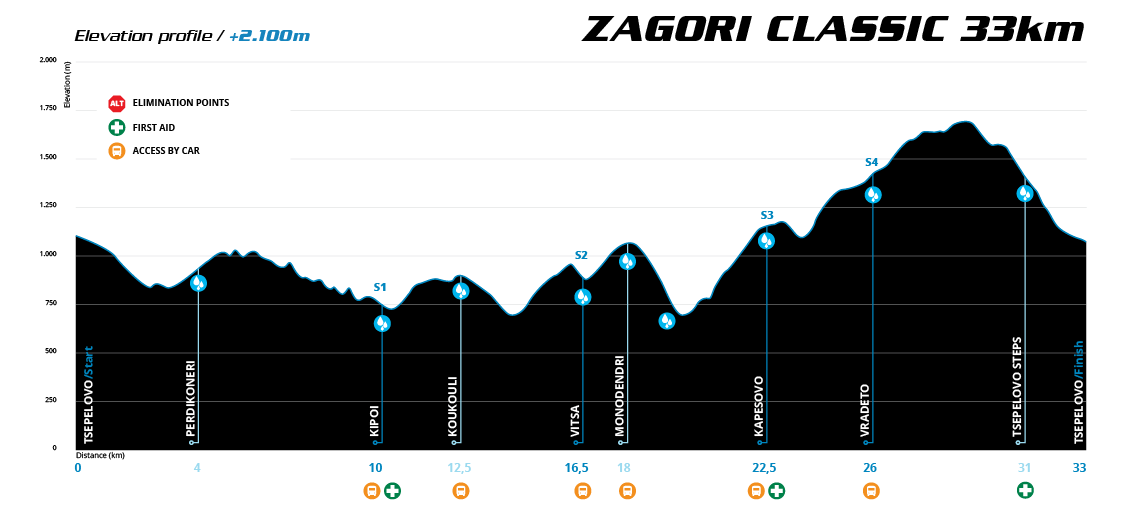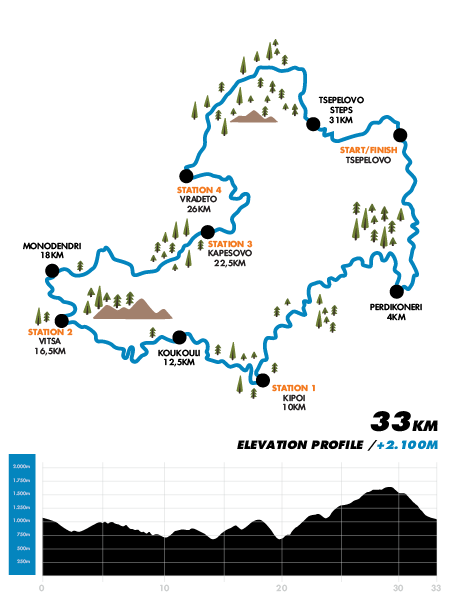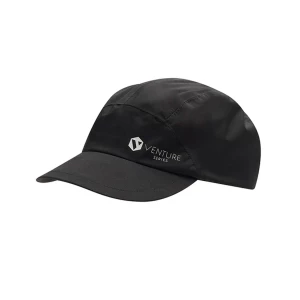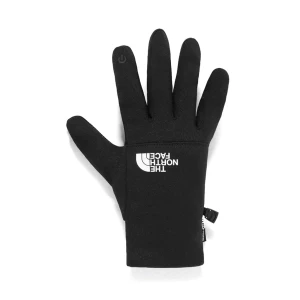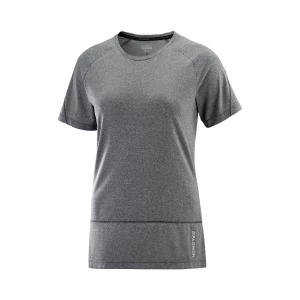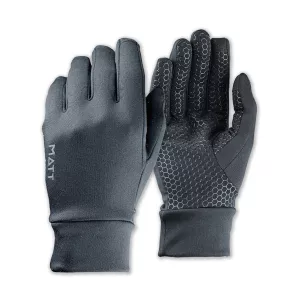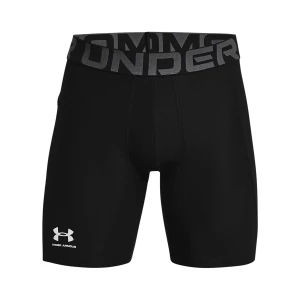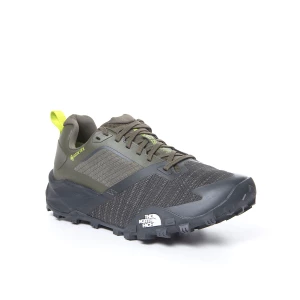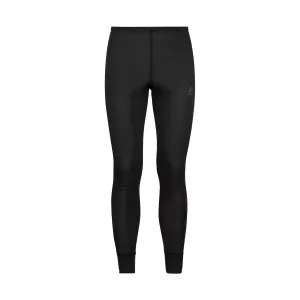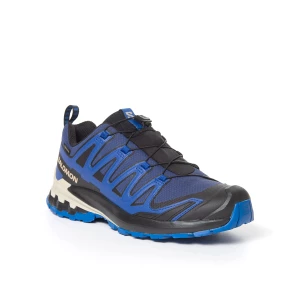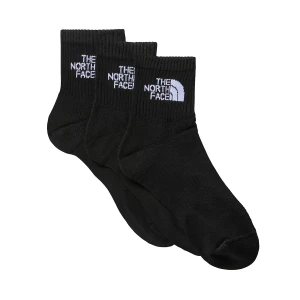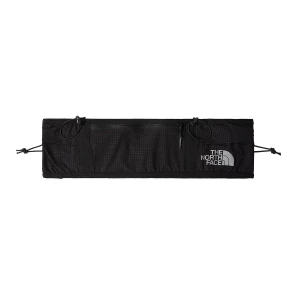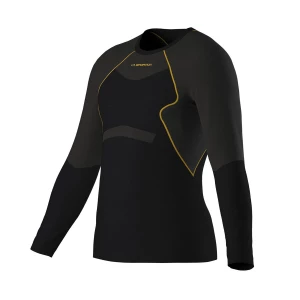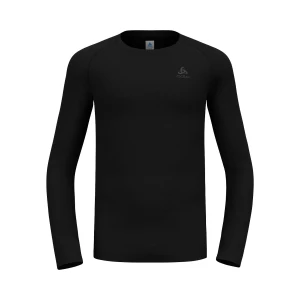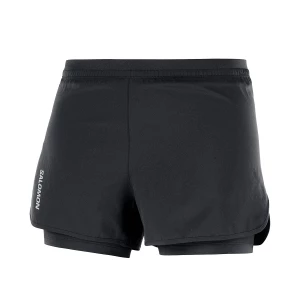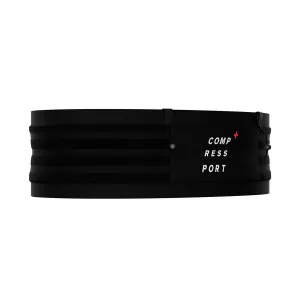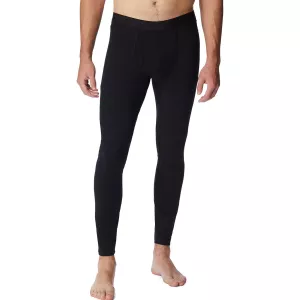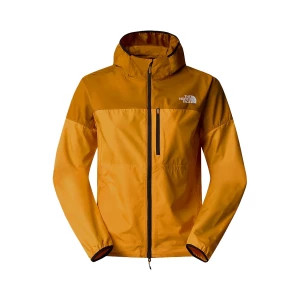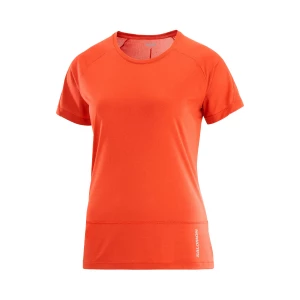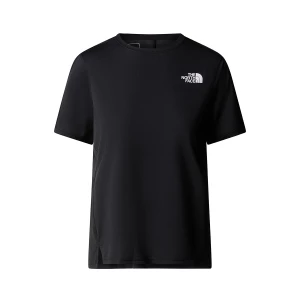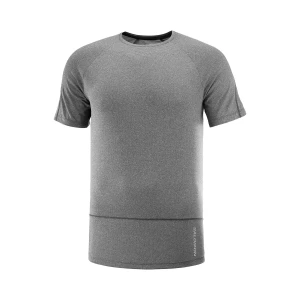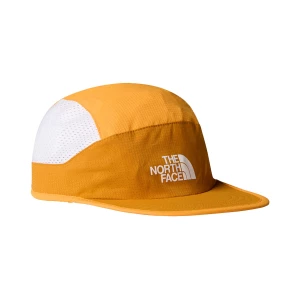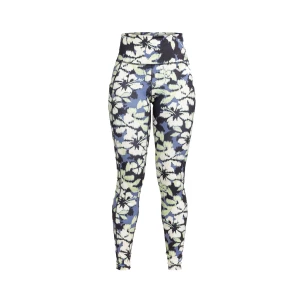Zagori Classic Race 33km
Experience the largest part of Zagori's cultural heritage through a 33km trail race.
- 20/07/2025
- 06:30
A few words about Zagori Classic Race 33km
A new race on an enjoyable and particularly demanding route 33km, circular, with 2.100m positive elevation gain, challenges you to raise your personal goals and see mountain running from a different perspective. This unique route passes through many villages, stairs (scales), and bridges of Zagori!
Race description
The route of the Zagori Classic Race 33km passes through 7 villages of Zagori and goes as follows:
Tsepelovo – Kipi – Koukouli – Vitsa – Monodendri – Kapesovo – Vradeto – Tsepelovo
Athletes pass through 6 natural “staircases,” specifically those of Bagias/Kontodimos, Koukouli, Vitsa, Monodendri, Vradeto, and Tsepelovo, and the following stone bridges: Hatsiou, Kovatsainas, Kontodimos, Misiou, “Pera” and “Dothe” bridges.
The route starts from the High School of Tsepelovo and moves clockwise. The first 2.6km are downhill on a dirt road. We continue, passing over the Hatsiou Bridge, and on our right, we see the beginning of the stunning Vikos Gorge.
We ascend for the next 1.4km, passing through “Perdikoneri” and reaching the 4th km (hydration point), entering the magical new path that leads us to Kipi village after 6km (10th km), where the Central Refreshment Station is located.
We continue towards the Kontodimos Bridge and ascend from the Bagias/Kontodimos staircase to the village of Koukouli (12.5 km). Then, we descend from the Koukouli staircase to the Misios stone bridge. Next, we ascend the Vitsa staircase, leading us into the village, reaching the Refreshment Station of Vitsa.
Leaving Vitsa behind, we continue through a path for 1.5 km to reach the village of Monodendri at the 18th km, with a total elevation gain of +1.000m. After a stop at the station, we head towards the first major descent of the race, the Monodendri staircase. After running for a while through the gorge crossing it, we start the biggest climb of the race, from the “Path of the Mohicans” to the village of Kapesovo (22.5 km – elevation difference 1.470m). After reaching the village, we continue for a few meters on asphalt and then descend on a dirt road towards the Vradeto staircase.
There begins the final prolonged ascent towards the village of Vradeto, and at the 26th km, we stay a little longer on an uphill path for 3 km, where we reach the highest point of the race (1.620m), having climbed a total of 2.080m positive elevation gain. Then begins the long descent of 4 km, which leads us to the finish line through the Tsepelovo staircase.
Refreshment Stations of Zagori Classic Race 33km
Running especially when that includes long distances, time and effort is inextricably intertwined with energy intake. The importance of energy intake during an ultra marathon, for those who have such great racing experience, seems to be the key for a desired result, which focuses not only on performance but also on pleasure offered by the race and yet avoiding the phenomenon of survival.
Basic rationale of the group responsible for the supply of our race is to provide participants with a variety of flavors, satisfying even the most demanding requests. The selection of various food items for the refreshment stations is based on specific guidelines that allow athletes to meet their energy needs.
Particular emphasis is given on energy coverage for novice runners, who can participate without dietary protocol, preventing energy loss that could arise from the lack of racing experience.
The proposed selection and placement of items provided in the refreshment stationss designed to meet energy needs in accordance with international recommendations and the relevant scientific literature.
Each mountain race is unique, yet each and every athlete is unique. The intra-individual differences among athletes are numerous and so are their needs.
Thefort to satisfy them, at least at the energy level is an incentive for all of us.
The selection of the particular food items for the refreshment stations was based on our personal engagement with sport nutrition and the creation of similar protocols for our athletes. Your views and feedback on this issue were also taken into consideration.
- *C.E.G.: Cumulative Elevation Gain
- *Bar: Carbohydrates & protein bars
- *Salty foods: Biscuits, crisps, peanuts, bread and turkey slice
- *Soft Drinks: Cola
- *Fruits: Watermelon or banana etc.
Refreshment Stations are all manned stations with at least 2 volunteers who will help and provide supplies to the athletes.
| km | C.E.G. | Location | ZAGORI natural mineral water | Isotonic Drink Gold Nutrition | Nomad Honey Gel | Bar Neversecond | Cake | Dried fruit | Salty | Cola | Dole Banana | Sandwich with cheese |
|---|---|---|---|---|---|---|---|---|---|---|---|---|
| 4 | +100m | PERDIKONERI | ||||||||||
| 10 | +290m | KIPI | ||||||||||
| 12.5 | +150m | KOUKOULI | ||||||||||
| 16 | +200m | VITSA | ||||||||||
| 18 | +200m | MONODENDRI | ||||||||||
| 22.5 | +400m | KAPESOVO | ||||||||||
| 26 | +440m | VRADETO | ||||||||||
| 31 | +300m | TSEPELOVO STAIRS (SCALE) |
The races route in GPX file format
You can download the Zagori Classic Race 33km race’s route in GPX file format in order to import to your watch.
The file is compressed (in zip format) so you have to unzip it first in order to import it.
MANDATORY & RECOMMENDED EQUIPMENT
Mandatory Zagori Classic Race 33km equipment
Athletes must bring a water bottle (with a capacity of at least 500ml) and/or a mug/cup for beverages at the aid stations (water, soft drinks, etc.) mandatorily.
The organization does not provide hydration cups at the aid stations. Each athlete is responsible for choosing their own container (cup, flask, bladder, bottle, etc.) to bring in order to receive the appropriate fluid quantities. The fluid quantities will be dispensed with a practical measuring device by the aid station staff. For the sake of efficiency, athletes should have containers with a wide mouth for quick refills. Athletes are responsible for carrying one or two containers separately for water and isotonic drinks.
The transport of hydration backpacks or any type of backpack or waist pack is permitted. Discarding a backpack along the route at the central station points is the athlete’s responsibility.
Each athlete has the right to carry the equipment they consider necessary to cope with the challenges of the race. The organization reserves the right to conduct random checks to ensure the completeness of the equipment both at the start and during the race.
We recommend a minimum equipment, called “Survival Gear,” which is absolutely necessary for an athlete competing for so many consecutive hours.
The suggested “Survival Gear” package consists of the following:
- Mobile phone
- Mini first aid kit
- Waterproof jacket (according to the weather)
- Solid food
- Aluminum blanket
In addition to the above equipment, each athlete can add vital medications they may need, as well as other practical items, such as:
- Gaiters
- Water bottle
- Hiking poles
- Sun hat
- Gloves
- Electrolyte solution, etc.
Recommented/Optional equipment
We recommend recommends that athletes carry a small backpack or waist pack with some basic supplies, such as:
- Sunglasses
- Hat
- Water bladder or wide-mouthed water bottle
- Solid food of their choice to meet their needs between stations.
Examples of serious negligence may include:
- Injury from a fall in the dark due to the lack of a headlamp.
- Hypothermia caused by the absence of appropriate clothing.
- Dehydration due to the absence of a hydration system.
